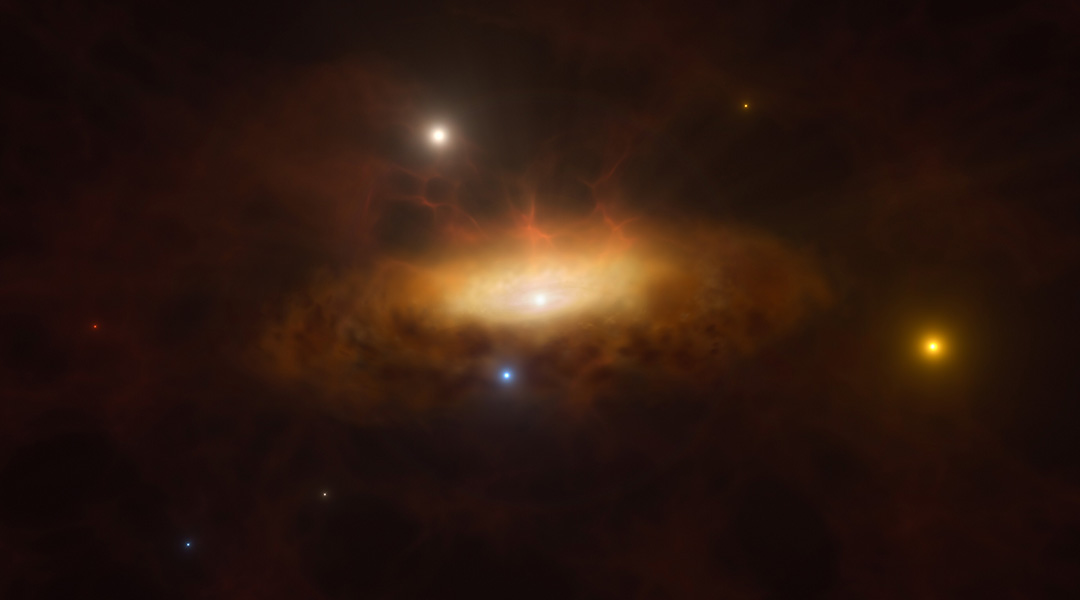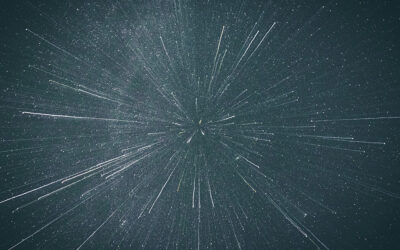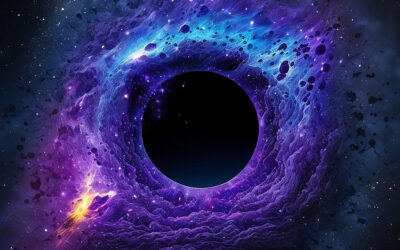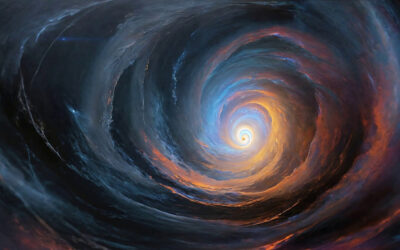Astronomers have, for the first time, witnessed the sudden “reawakening” of a supermassive black hole. Located at the center of the galaxy SDSS1335+0728, more than 300 million light-years away in the constellation Virgo, astronomers’ attention was first alerted by a dramatic brightening in December 2019 after years of darkness.
“Imagine you’ve been observing a distant galaxy for years, and it always seemed calm and inactive,” Paula Sánchez Sáez, an astronomer at the European Southern Observatory in Germany and lead author of the study, said in a statement. “Suddenly, its core starts showing dramatic changes in brightness, unlike any typical events we’ve seen before.”
Previous studies have shown inactive galaxies becoming active after several years, but if confirmed, this would be the first time the process has been observed in real time.
What could be responsible for newly observed emissions?
The December 2019 brightening was detected by the Zwicky Transient Facility, an optical telescope based in California. To investigate its cause, Sánchez Sáez and her team performed a multi-year observational campaign carried out between 2019 to 2024 of SDSS 1335+0728, which has been published this week in the journal Astronomy & Astrophysics.
The study found that for the two decades prior to the brightening, the galaxy was relatively faint and did not show any change in its emission. Then, after the initial brightening in December 2019, the emission from the galaxy became consistently more active and variable.
Since July 2021, the galaxy’s UV emission was found to be around four times brighter than before the optical brightening. Around a year later, the infrared emission was found to double. Then, in February 2024, the galaxy started emitting X-rays. “This behavior is unprecedented,” said Sánchez Sáez.
The emission originates from a supermassive black hole that resides at the center of the galaxy. However, there are several triggers that could have caused it. One possibility is that they are witnessing an active galactic nucleus switching on. This bright and compact region at the galaxy’s center is powered by gas and dust stripped from the galaxy and consumed by the supermassive black hole.
Alternatively, the brightening could have been caused by a star being ripped apart by the black hole’s intense gravitational forces. Known as a tidal disruption event, this violent interaction produces a stream of material that could be consumed by the black hole.
A black hole awakens
The team of astronomers say they cannot completely rule out the tidal disruption event as a possibility but there are reasons why this is not favoured. Firstly, the brightness variations associated with tidal disruption events typically last only a few dozen or, at most, a few hundreds of days. SDSS1335+0728 is still growing brighter today, more than four years after the initial event.
Secondly, the emission from a tidal disruption event follows a characteristic decline caused by the density of available material decreasing, which is not reflected in the observed light curves. If it is in fact a tidal disruption event, this would be the longest and faintest such event ever observed.
“The most tangible option to explain this phenomenon is that we are seeing how the core of the galaxy is beginning to show […] activity,” said co-author Lorena Hernández García, from the Millennium Institute of Astrophysics in Chile. “If so, this would be the first time that we see the activation of a massive black hole in real time.”
The authors believe that the consistent rise in emission across the wavelengths suggests that black hole is feeding from a rich source of gas and dust. This means it is very likely coming from the galaxy, indicating the presence of an active galactic nucleus.
They also believe that the staggered appearance of emission at other wavelengths is revealing. Active galactic nuclei have complex structures that extend outwards from the central black hole, each part of which emits at a different wavelength. So, the authors believe that the succession of emission increases across the electromagnetic spectrum corresponds to different parts of the active galactic nucleus’ structure being formed.
More observations of SDSS 1335+0728 are planned. Whilst they believe an active galactic nucleus is the most likely scenario, they cannot rule out the possibility of exotic or previously unseen phenomena. Not every part of the active galactic nucleus has been observed, and they are curious to see if they appear over the next few years.
“Regardless of the nature of the variations, [this galaxy] provides valuable information on how black holes grow and evolve,” Sánchez Sáez said.
Reference: Paula S’anchez-‘aez, et al., SDSS1335+0728: The awakening of a ~10^6 M_sun black hole, Astronomy & Astrophysics (2024). DOI: 10.1051/0004-6361/202347957
Feature image credit: ESO/M. Kornmesser

















